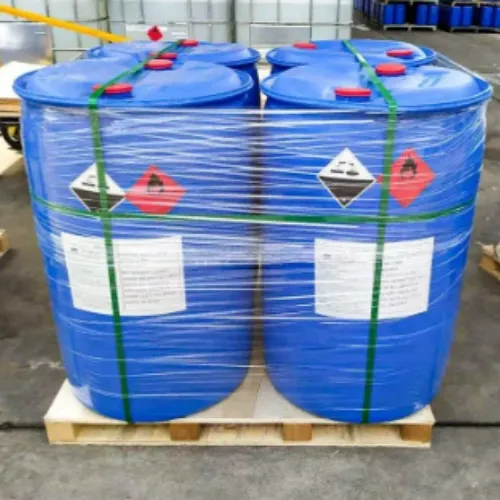Warning: Undefined array key "file" in /home/www/wwwroot/HTML/www.exportstart.com/wp-content/themes/1198/header.php on line 7
Warning: Undefined array key "title" in /home/www/wwwroot/HTML/www.exportstart.com/wp-content/themes/1198/header.php on line 7
Warning: Undefined array key "title" in /home/www/wwwroot/HTML/www.exportstart.com/wp-content/themes/1198/header.php on line 7
- Afrika
- Albania
- Amharic
- Arabic
- Armenian
- Azerbaijani
- Basque
- Belarusian
- Bengali
- Asụsụ Bosnia
- Bulgarian
- Catalan
- Cebuano
- China
- China (Taiwan)
- Corsican
- Asụsụ Croatia
- Czech
- Danish
- Dutch
- Bekee
- Esperanto
- Estonia
- Asụsụ Finnish
- French
- Onye Frisian
- Onye Galisi
- Asụsụ Georgian
- German
- Grik
- Gujarati
- Haitian Creole
- hausa
- Hawaian
- Hibru
- Mba
- Miao
- Asụsụ Hungarian
- Aislandi
- igbo
- Asụsụ Indonesian
- Irish
- Ịtali
- Japanese
- Asụsụ Javanị
- Kannada
- kazakh
- Khmer
- Onye Rwandan
- Korean
- Kurdish
- Kyrgyz
- TB
- Latịn
- Latvia
- Lithuania
- Luxembourgish
- Masedonia
- Malgashi
- Malay
- Malayalam
- Malta
- Maori
- Marathi
- Mongolian
- Myanmar
- Nepali
- Norwegian
- Norwegian
- Occitan
- Pashto
- Asụsụ Persia
- Polish
- Portuguese
- Punjabi
- Romanian
- Russian
- Samoan
- Scottish Gaelic
- Asụsụ Serbian
- Bekee
- Shona
- Sindhi
- Sinhala
- Slovak
- Slovenian
- Somali
- Spanish
- Asụsụ Sudan
- Swahili
- Swedish
- Tagalog
- Tajik
- Tamil
- Tatar
- Telugu
- Thai
- Turkish
- Turkmen
- onye Ukraine
- Urdu
- Uighur
- Uzbek
- Vietnamese
- Welsh
- Enyemaka
- Yiddish
- Yoruba
- Zulu
Tetrachloroethylene
Tetrachloroethylene, also known as perchloroethylene , is an organic compound with the chemical formula of C2Cl4. It is a colorless liquid, insoluble in water, and miscible with most organic solvents such as ethanol, ether, chloroform, etc. It is mainly used as organic solvent, dry cleaning agent, solvent for adhesives, degreasing solvent for metals, desiccant, paint remover, insect repellent, fat extractant, and organic synthesis.
Ngosipụta ngwaahịa

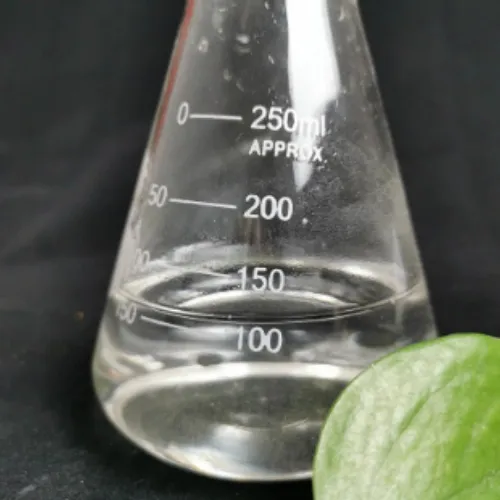

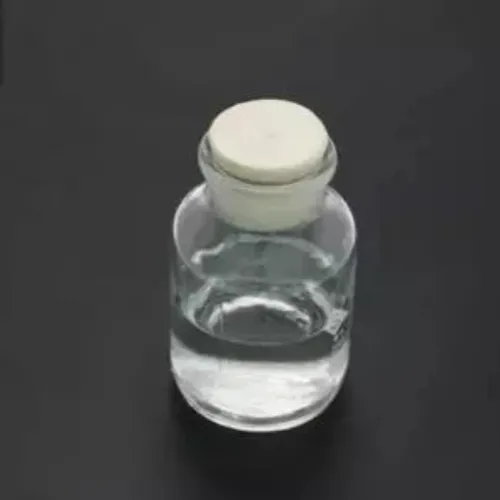
|
Aha ngwaahịa |
Perchloroethylene |
Molecular formula |
C2Cl4 |
|
Dendity |
1.7±0.1 g/cm³ |
Ebe esi nri |
119.1±30.0 °C at 760 mmHg |
|
Ebe mgbaze |
-22 °C |
Molecular weight |
165.833 |
|
Flash point |
27.4±21.9 °C |
LogP |
2.95 |
|
Vapor density |
5.83 (vs air) |
Vapor pressure |
19.3±0.2 mmHg at 25°C |
|
Refractive index |
1.519 |
Water solubility |
little |
Tetrachloroethylene is an excellent nonpolar solvent for organic materials. Otherwise, it is volatile, highly stable and nonflammable, and has low toxicity. For these reasons, it has been widely used in dry cleaning worldwide since the 1930s. The chemist Sylvia Stoesser (1901-1991) suggested Tetrachloroethylene to be used in dry cleaning as an alternative to highly flammable dry cleaning solvents such as naphtha.
It is also used to degrease metal parts in the automotive and other metalworking industries, usually as a mixture with other chlorocarbons. It appears in a few consumer products including paint strippers, aerosol preparations and spot removers.
Anyị nwere ọtụtụ ụlọ ọrụ dị elu nke nwere nkwado miri emi, nke nwere ike inye gị ngwaahịa dị elu na ọnụ ahịa asọmpi. Anyị nwekwara ike inye ego maka nnukwu ịzụrụ ihe. Anyị na-akwado ọtụtụ ụlọ ọrụ na-ebuga ibu ndị ọkachamara, nwere ike ịnapụta ngwaahịa n'enweghị nsogbu na aka gị. Oge nnyefe bụ ihe dịka ụbọchị 3-20 mgbe nkwenye nke ịkwụ ụgwọ gasịrị.
|
tems
|
Units
|
Ọkọlọtọ
|
Nsonaazụ
|
|
Ọdịdị
|
|
Transparent Liquid
Without uspension and Sediment |
Transparent Liquid Without Suspension and Sediment
|
|
Chroma
(Hazen Units Platinum-Cobalt Scale) |
≤
|
15
|
10
|
|
Density ρ20
|
g/cm3
|
1.615-1.625
|
1.620
|
|
Purity
|
% ≥
|
99.6
|
99.93
|
|
Distillation of Residue
|
% ≤
|
0.005
|
----
|
|
Moisture()
|
% ≤
|
0.0050
|
0.0030
|
|
Alkalinity (NaOH)
|
% ≤
|
0.03
|
0.0004
|
|
PH
|
|
8.0-10.0
|
10
|
|
Stability Test of Copper Corrosion
|
% (mg/cm3)
≤ |
0.5
|
----
|
|
Residual Odor
|
|
Without Odor
|
-----
|
|
Mmechi
|
Excellent Grade
|
||

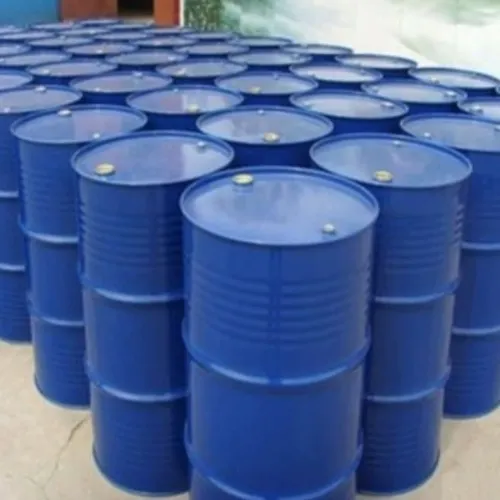
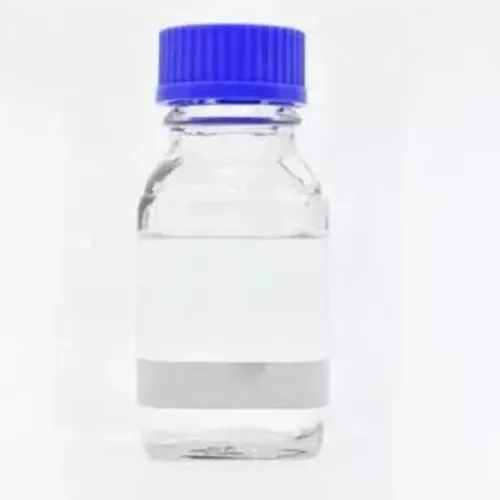
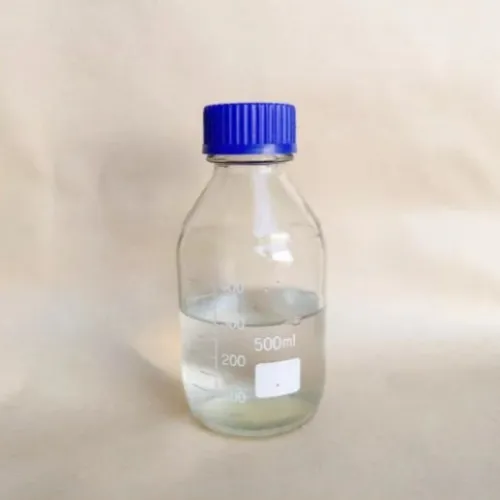
Tetrachloroethylene, also known as perchloroethylene, is an organic compound with the chemical formula C2Cl4. It is a colorless liquid, insoluble in water, and miscible in ethanol, ether, chloroform and other organic solvents. It is mainly used as an organic solvent, dry cleaning agent, adhesive solvent, metal degreasing solvent, desiccant, paint remover, insect repellent, fat extractant, and also can be used in organic synthesis.
Protective measures
Engineering control: closed operation, pay attention to ventilation. Mechanize and automate as much as possible. Provide safety shower and eye wash equipment. Respiratory protection: it is recommended to wear a self-priming filter gas mask (half mask) and chemical safety glasses when escaping in the air. Body protection: penetrating gas type anti poison clothing. Hand protection: wear chemical resistant gloves Other protection: smoking, eating and drinking are strictly prohibited at the work site. Store clothes contaminated by poisons separately and use them for standby after washing. Keep good hygiene habits.
First aid measures
Skin contact: take off contaminated clothes and wash skin thoroughly with soapy water and clear water. Eye contact: lift the eyelids and rinse with flowing clean water or normal saline. Seek medical attention. Inhalation: quickly leave the site to a place with fresh air. Keep respiratory tract unobstructed. If breathing is difficult, give oxygen. If breathing stops, give artificial respiration immediately. Seek medical attention. Ingestion: drink enough warm water to induce vomiting. Seek medical attention.
Ụdị ngwaahịa
-
 Apr . 27, 2025Zibo will host the 2025 International Chemical ExpoZibo, a city known for its thriving chemical industry, will host the 2025 Zibo International Chemical Expo from May 16 to May 18, 2025. This highly anticipated event aims to bring together industry leaders, innovators and stakeholders from around the world to explore the latest advancements and trends in the chemical industry.
Apr . 27, 2025Zibo will host the 2025 International Chemical ExpoZibo, a city known for its thriving chemical industry, will host the 2025 Zibo International Chemical Expo from May 16 to May 18, 2025. This highly anticipated event aims to bring together industry leaders, innovators and stakeholders from around the world to explore the latest advancements and trends in the chemical industry. -
 Apr . 22, 20252025 Yokohama Cosmetics Raw Materials and Technology ExhibitionYOKOHAMA, Japan – The City of Yokohama is preparing to host the much-anticipated Cosmetics Ingredients & Technologies 2025 from May 14 to May 16, 2025. The premier event is expected to attract industry professionals, innovators and enthusiasts from around the world to showcase the latest advancements in cosmetic ingredients and technologies.
Apr . 22, 20252025 Yokohama Cosmetics Raw Materials and Technology ExhibitionYOKOHAMA, Japan – The City of Yokohama is preparing to host the much-anticipated Cosmetics Ingredients & Technologies 2025 from May 14 to May 16, 2025. The premier event is expected to attract industry professionals, innovators and enthusiasts from around the world to showcase the latest advancements in cosmetic ingredients and technologies. -
 Apr . 18, 20252025 India Mumbai Fine Chemicals ExhibitionMUMBAI, India – The bustling metropolis of Mumbai is gearing up to host the much-anticipated Fine Chemicals Expo on April 29-30, 2025. The premier event is expected to attract industry leaders, innovators and stakeholders from across the world to showcase the latest advancements in the fine chemicals sector.
Apr . 18, 20252025 India Mumbai Fine Chemicals ExhibitionMUMBAI, India – The bustling metropolis of Mumbai is gearing up to host the much-anticipated Fine Chemicals Expo on April 29-30, 2025. The premier event is expected to attract industry leaders, innovators and stakeholders from across the world to showcase the latest advancements in the fine chemicals sector.




